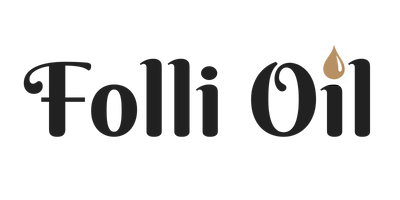Bathing is as old as civilisation and we know from archaeological remains, that bathing was a focus of social life. Bathing has been a therapeutic treatment used for everything from easing muscle pain to treating skin problems and health issues.
Many of these ancient practices can be drawn on today to promote healing. There are four types of natural bath products:
1. Salt baths
The therapeutic properties of the ocean have long been used to heal and salt is known for its minerals. There are three types of salt you can use in bathing:
Dead sea salt - rich in sodium chloride, magnesium, calcium and potassium. It's used for detoxing and relieving muscle pain. It's also been shown to improve skin hydration and reduce inflammation.
Himalayan salt - this contains 80 trace elements and is used to balance and rejuvenate the body.
Epsom salts - contain high levels of magnesium and are used to relieve muscle pain.
How to use: add two cups of salt to a warm bath, swirl the water until the salt dissolves.
2. Milk baths
Milk baths are excellent for moisturising and exfoliating the skin making them ideal for dry skin conditions. Fresh or powdered milk is added to water and dissolved. The fats and proteins in the milk moisturise and the lactic acid (an Alpha Hydroxy Acid) gently exfoliates.
Either goat, whole or buttermilk can be used but we prefer coconut milk. Not only is it vegan but it's also higher in fat than whole milk so will be more nourishing to your skin and doesn't need to be rinsed off afterwards.
How to use: add two cups of milk to a warm bath, swirl the water until it dissolves.
3. Mud Baths
'Mudding' is excellent for nourishing and detoxifying. The clay component of the mud draws toxins from the body. The minerals and sulphur in the mud relieves skin irritation and is excellent for eczema and psoriasis skin conditions.
How to use: mud can either be added to your bath water or applied to the skin as a mask. Mix the mud with a little warm water into a paste and add to the running bath water, soak for 20 to 30 minutes. Alternatively, apply the paste to your body as a mask and leave for 15 to 20 minutes before rinsing off.
4. Oil baths
The aroma of a blend of essential oil combined with a carrier oil are mood enhancing and moisturising for the skin. Oil baths are suitable for all skin types and the choice of essential oils and aromas can be tailored, depending on how you want to feel. Some oils to consider are:
Lavender - to relax, ease muscular tension and promote sound sleep.
Chamomile - to help with sleep and ease allergic reactions.
Rosemary - to stimulate, particularly good for morning baths.
Grapefruit - for antiseptic and deodorant properties and to uplift your mood.
How to use: It's best not to use neat essential oils so blend 6 drops of essential oil with 1 tbsp of carrier oil (such as Sweet Almond Oil). Fill the bath with warm water and just before getting in, sprinkle the oil onto the water and stir with your hand to disperse the oil. The oil will spread out to form a thin layer on the surface of the water and some of this will adhere to your skin as your get in the bath. The heat of the water helps absorption of the oil through the skin and some of the oil will be released as an aromatic vapour and breathed in.
Bathing Tips
Be careful not to over do it or you may feel dizzy or end up with a headache, this is most likely caused by dehydration. Make sure the water is warm, rather than hot, and soak for around 20-30 minutes. After drying, hydrate your skin with a body oil or butter. Keep hydrated by drinking a glass of water before, during and after your bath.

